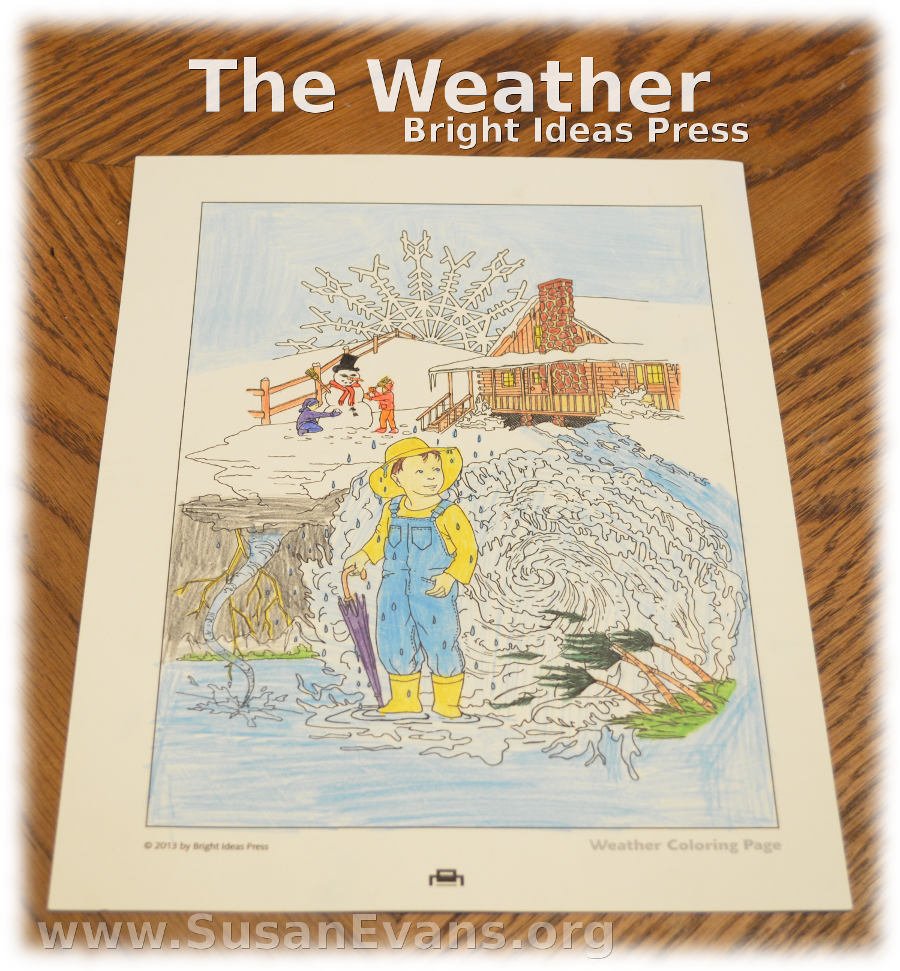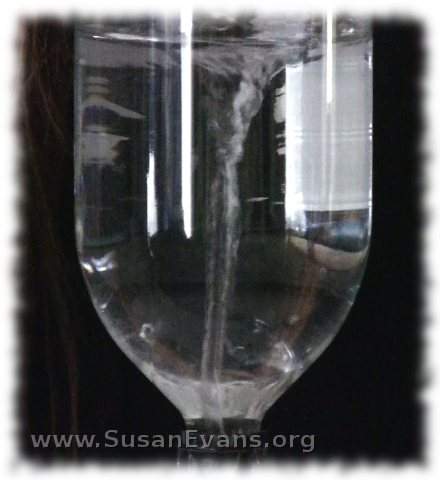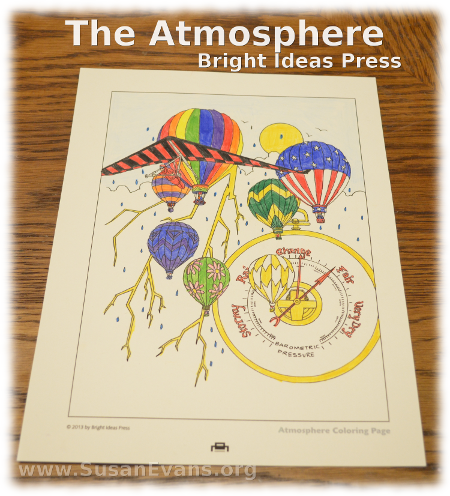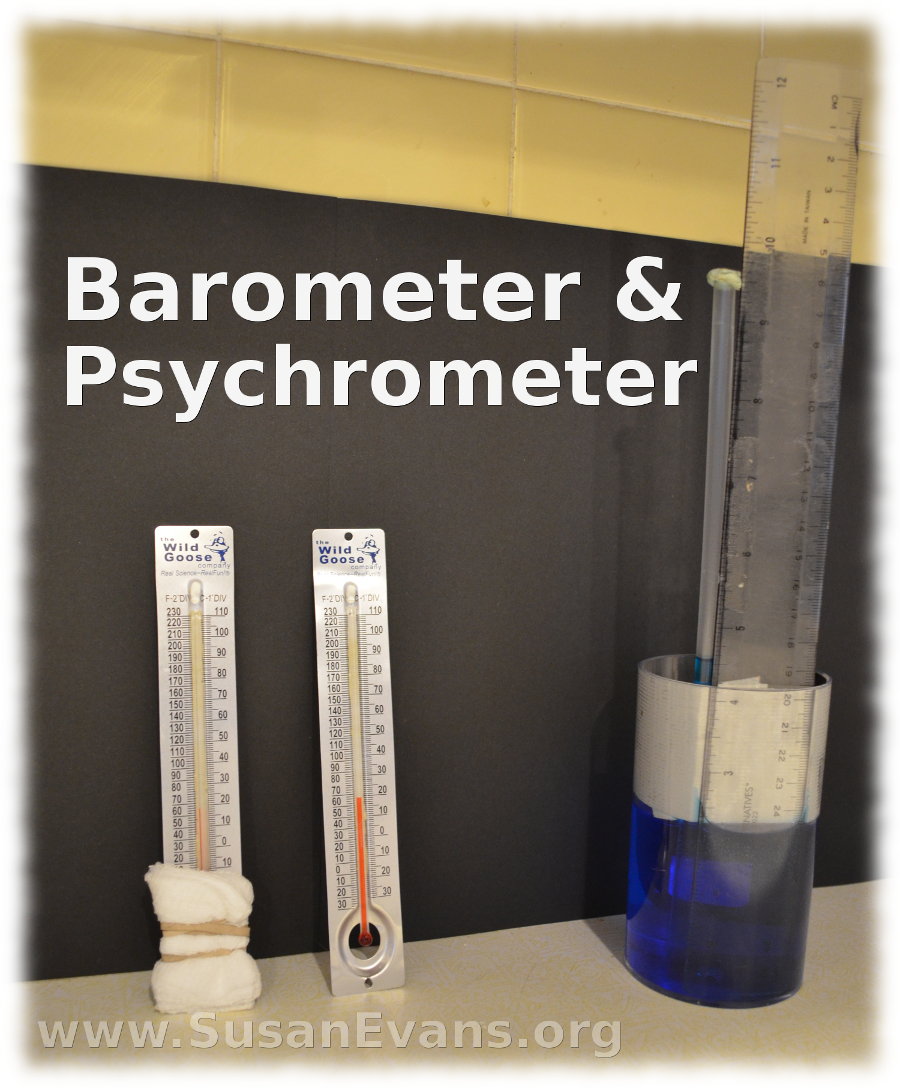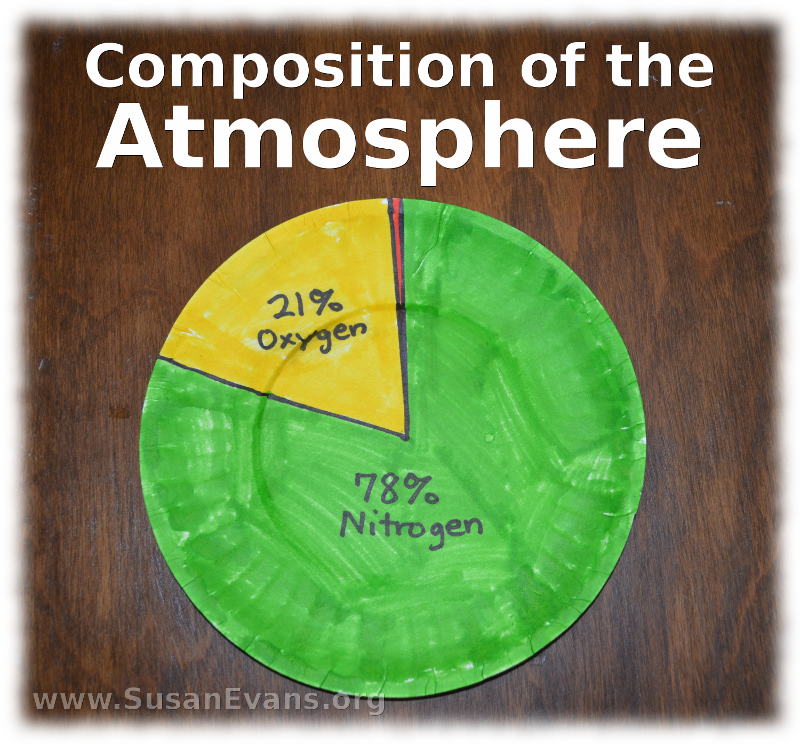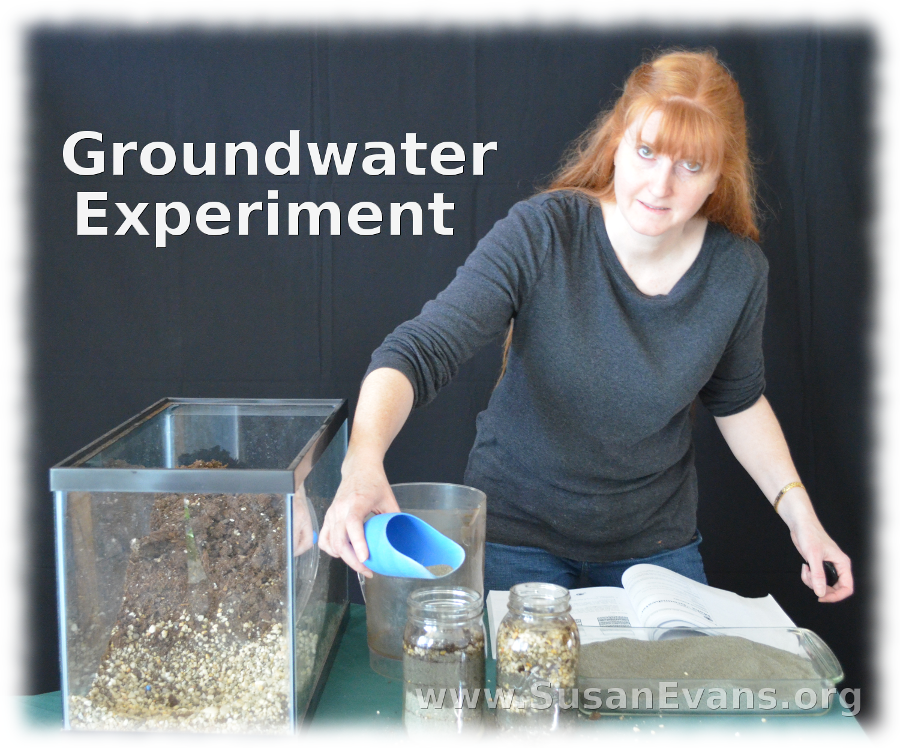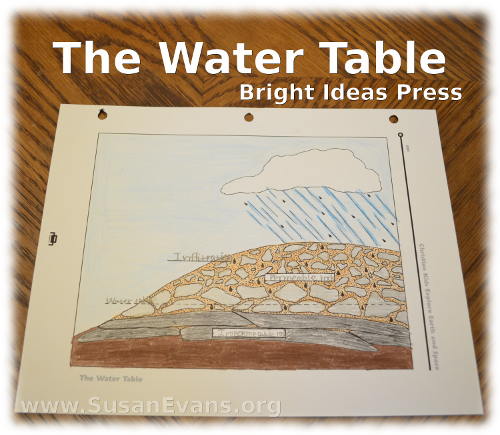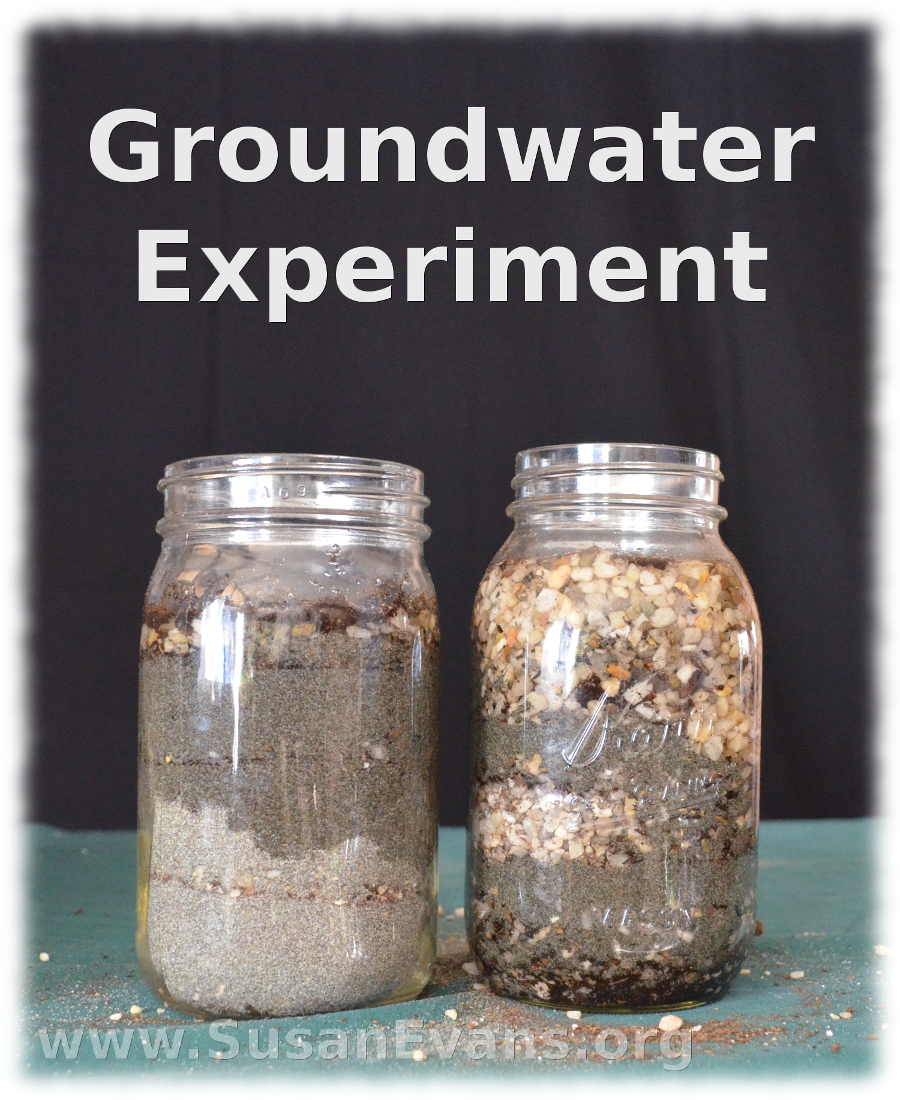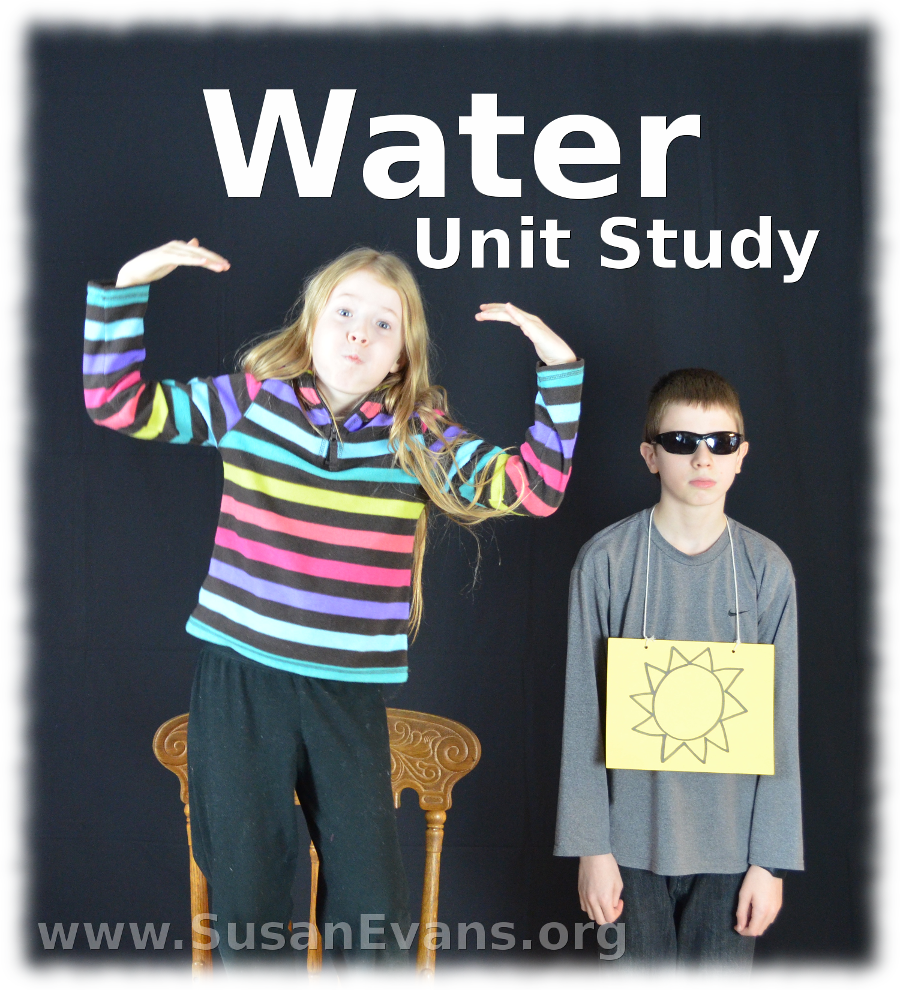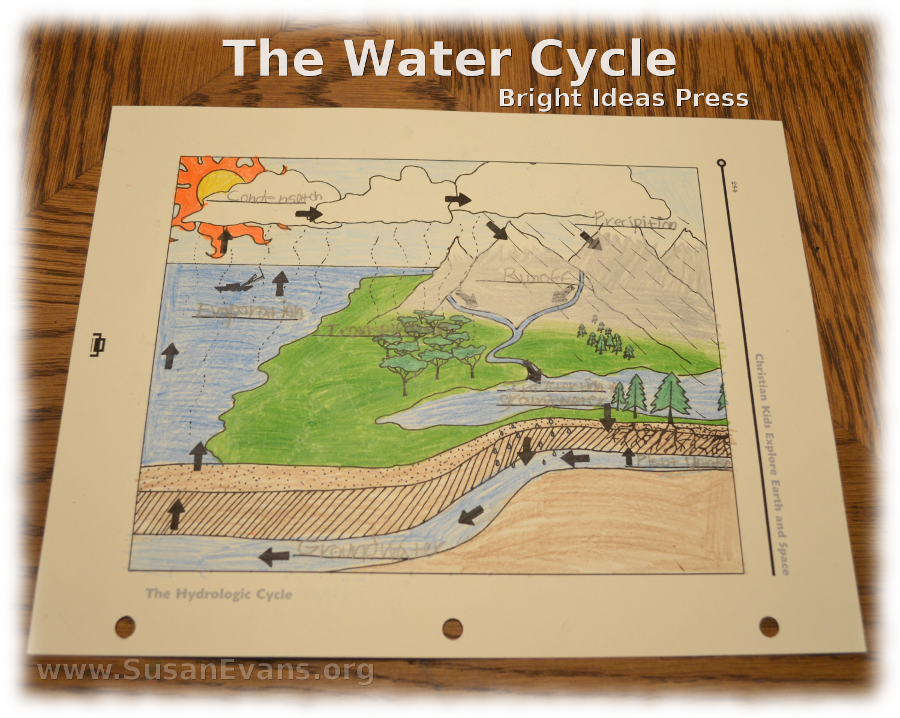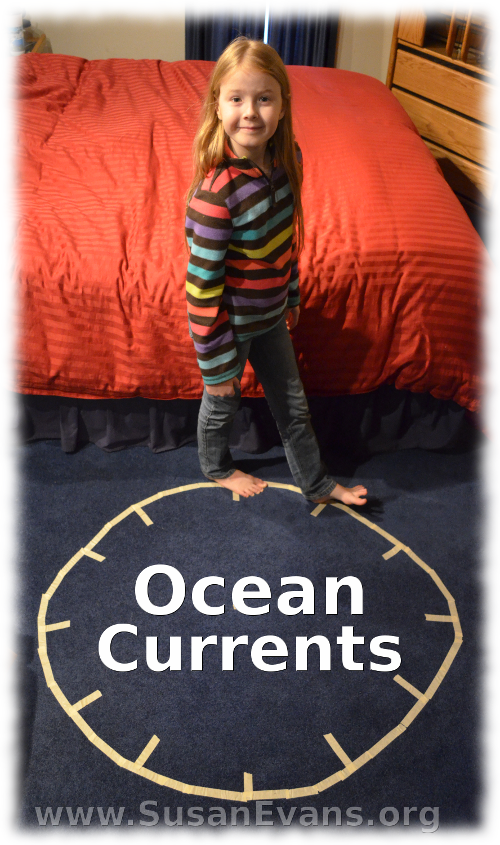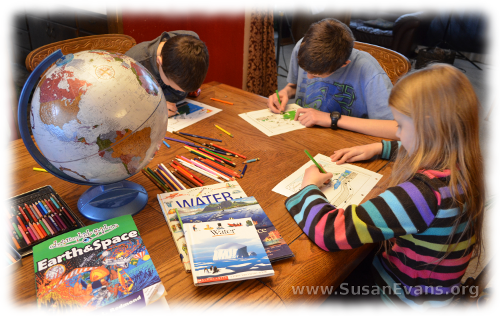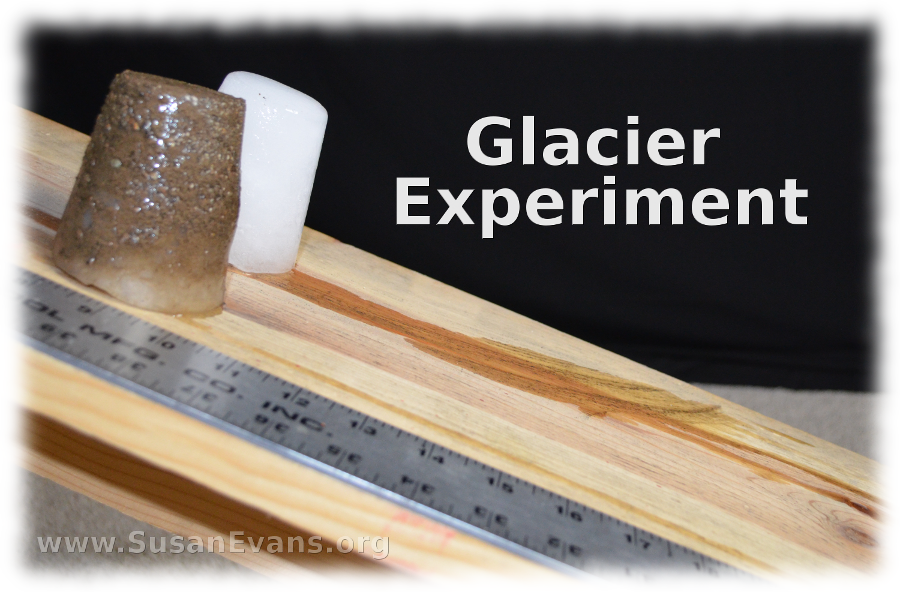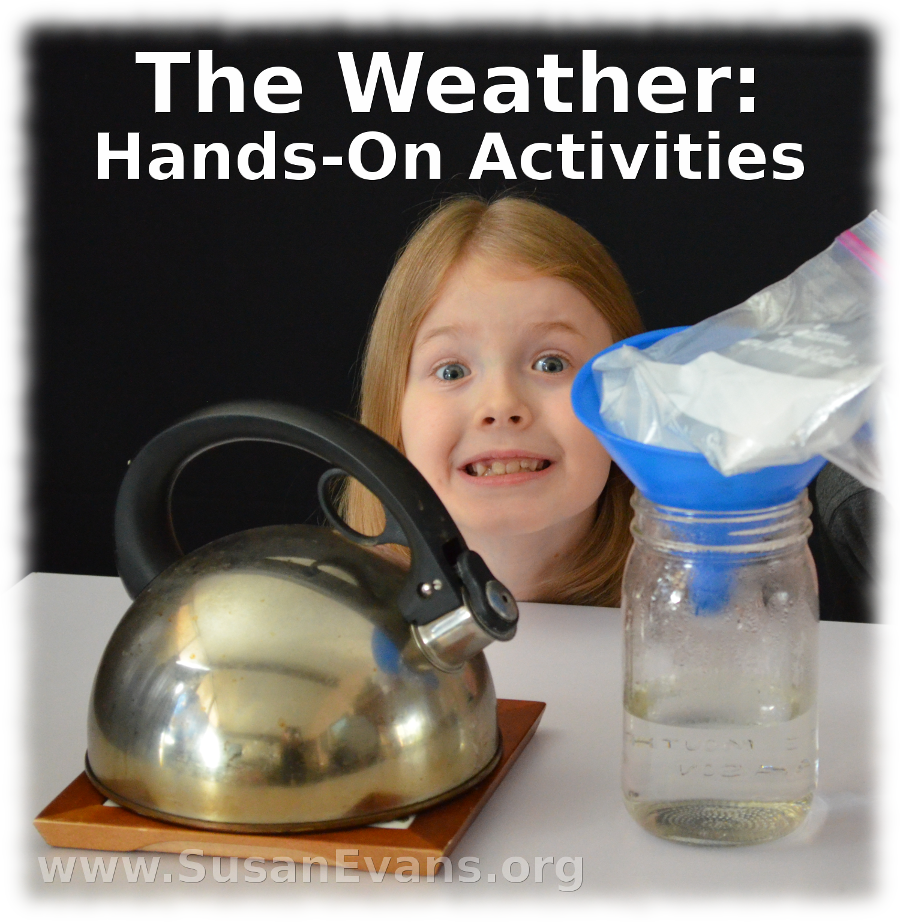 This post contains affiliate links. I was compensated for my work in writing this post.
This post contains affiliate links. I was compensated for my work in writing this post.
If you are looking for some hands-on activities for weather, you are in the right place. Today we will do a bunch of fun weather activities in our video demonstration. We are continuing our study of Earth and Space by Bright Ideas Press. There are 5 chapters about the weather, and they each contain fun activities. Next week we will be presenting a “Ridiculous Weather Report,” which is a complete hoot!
The kids colored a beautiful weather coloring page depicting hurricanes, thunderstorms, snow, and rain. Strangely, we experienced all of these things (except for the hurricane) during the last few weeks!
We learned about different types of clouds, and the kids labelled a diagram of the different clouds. You could make this 3-D by adding cotton. I show you this diagram in the video, along with the weather chart provided in the book. You will need the two weather instruments made in the Atmosphere Unit Study video to fill in the chart. You will also need a rain gauge:
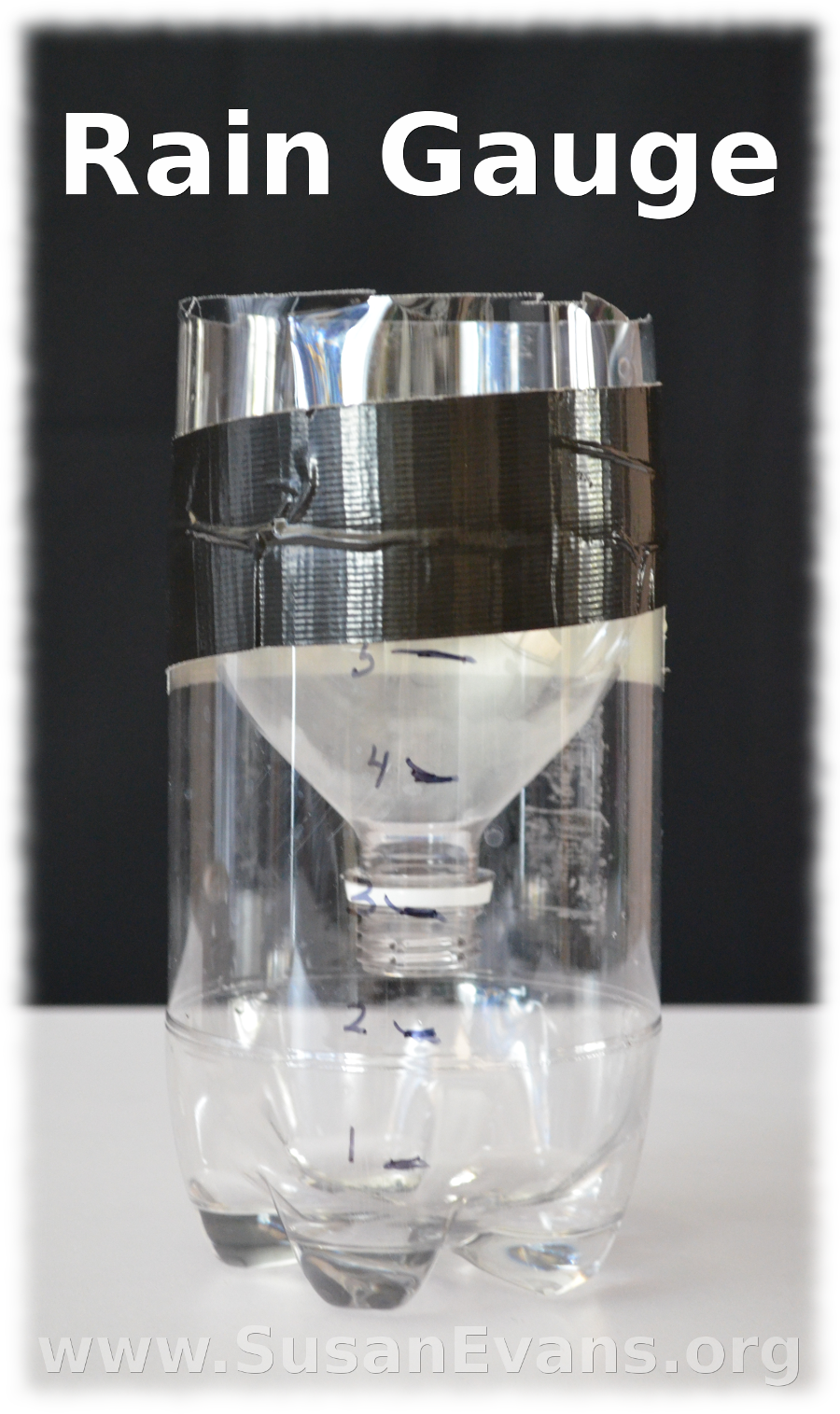
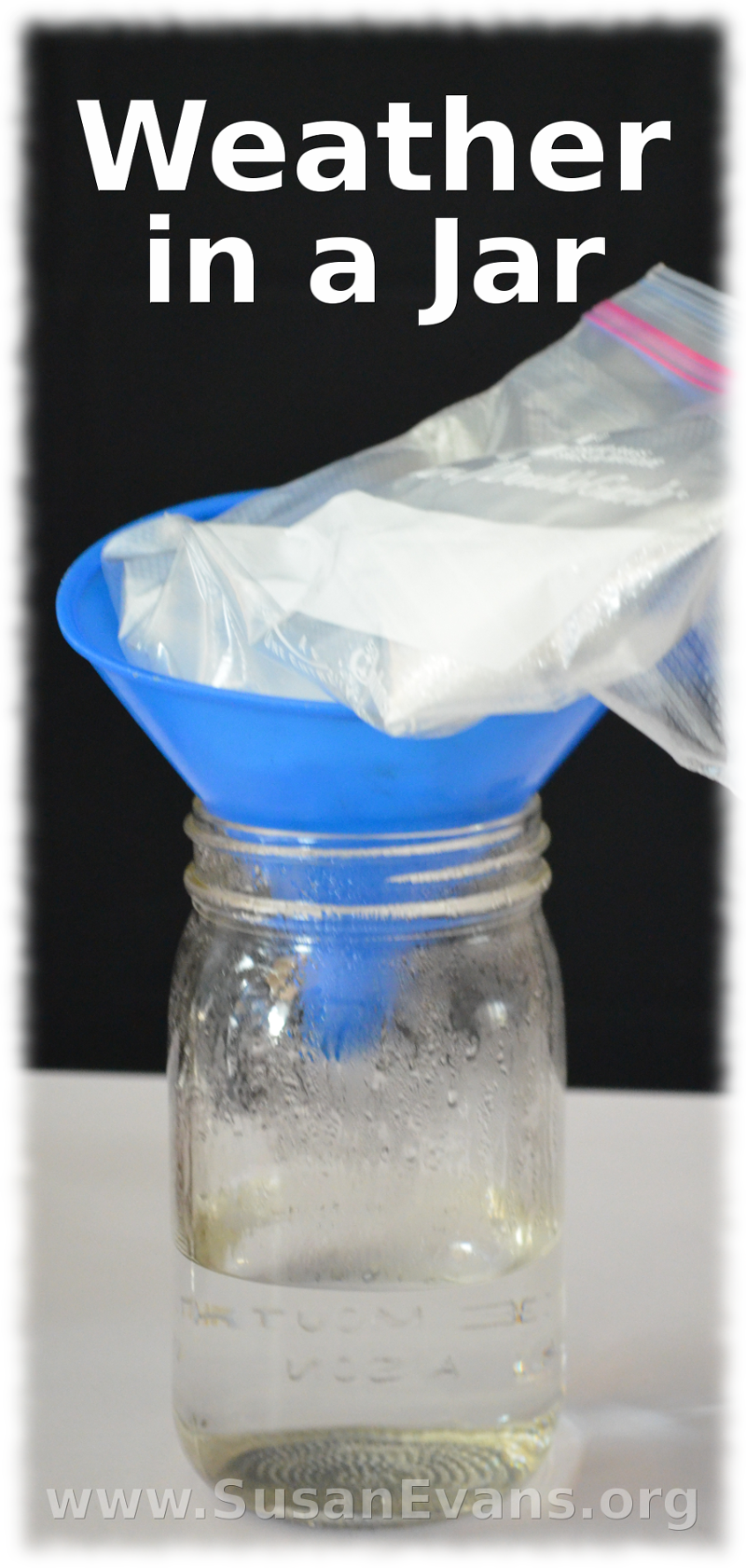 You can make the rain gauge by cutting a 2-liter bottle in half and inverting the top half. Tape the contraption together with waterproof tape or duct tape, and number the inches on the side with black permanent marker.
You can make the rain gauge by cutting a 2-liter bottle in half and inverting the top half. Tape the contraption together with waterproof tape or duct tape, and number the inches on the side with black permanent marker.
If you want a more accurate measurement, the book recommends filling the bottom ridges with water before numbering the side of the bottle. This way if you only have half an inch of rain, you can clearly see it, instead of the rainwater filling some ridges and not others.
The next hands-on weather activity in the book is to create “Weather in a Jar.” This is sure cool, as you create a cloud and rain inside your jar! Pour hot water into the jar, and place a funnel on the top. Put ice cubes into a plastic bag, and place it on the top of the jar. Soon it will fog up (a cloud) and start raining (precipitation). You also have evaporation of the water as the steam from the hot water rises.
Last but not least, we created a tornado in a bottle. You will have to watch the video to see how we did this fun experiment:
